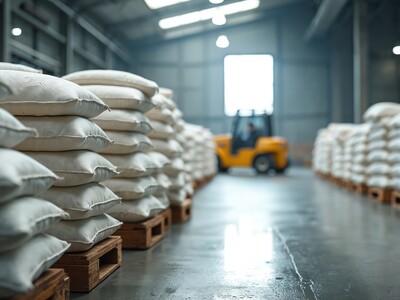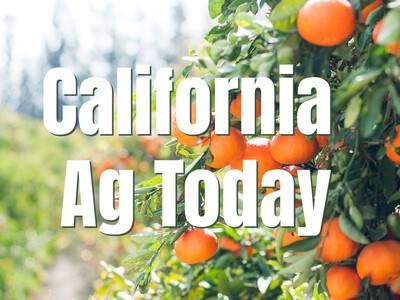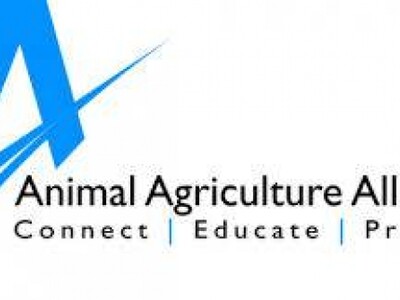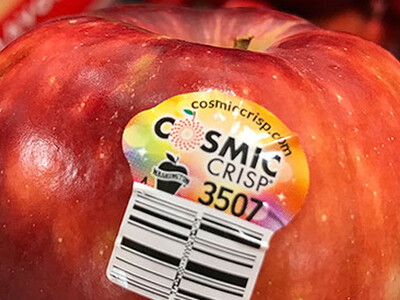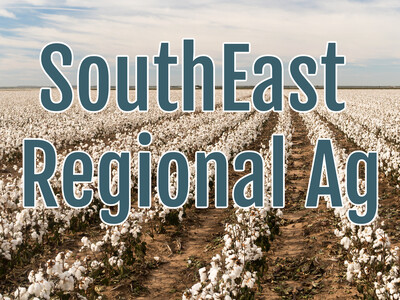REAP Program Benefits Ag Producers
REAP Program Benefits Ag Producers. I’m Greg Martin as Line On Agriculture presents the Harvest Clean Energy Report.
A Department of Agriculture program called REAP – or Rural Energy for America Program – has $70 million for grants to develop renewable energy and to help farmers, ranchers and rural small businesses purchase and install renewable energy systems.
JONES: The program is available for things like energy audits. You can get loans and grants for installing wind turbines. Anything that is renewable energy. They can go to a farm or to a cooperative for something larger like building an ethanol plant or installing blender pumps, which is a new aspect of the program to help distribute E15 and E85.
American Farm Bureau Energy Specialist Elizabeth Jones says the program, which came out of the 2008 farm bill, has expanded to include infrastructure for renewable energy, because while we have plenty for traditional fuel, infrastructure for renewable fuels is lacking.
JONES: There are about 8-8.5 million flex fuel vehicles in this country but only about 167,000 flex fuel pumps. If you have a flex fuel vehicle, but you live in an area where you can’t get E85, you’re not getting the benefits of your flex fuel vehicle. This program would expand the infrastructure you need, the gas pumps you need to get E85 I know that I saw a difference in price between regular E85 at my local filling station last week of 50 cents per gallon, so that’s a huge, huge difference when you’re talking about filling a tank.
And improving consumer access has another big advantage.
JONES: The point of this is to make renewable fuels more accessible for people all across the country. It’s harder for people in some parts of the country like the Northeast to have access to flex fuels and so the point of this program is so that you can make that infrastructure more available and make the alternative fuel use more accessible and therefore more attractive to investors so that they invest their capital in ways to generate new fuel and that way eventually lead to energy independence.
For additional information on clean energy, visit harvestcleanenergy.org. That’s today’s Line On Agriculture. I’m Greg Martin on the Ag Information Network.???www.harvestcleanenergy.org







